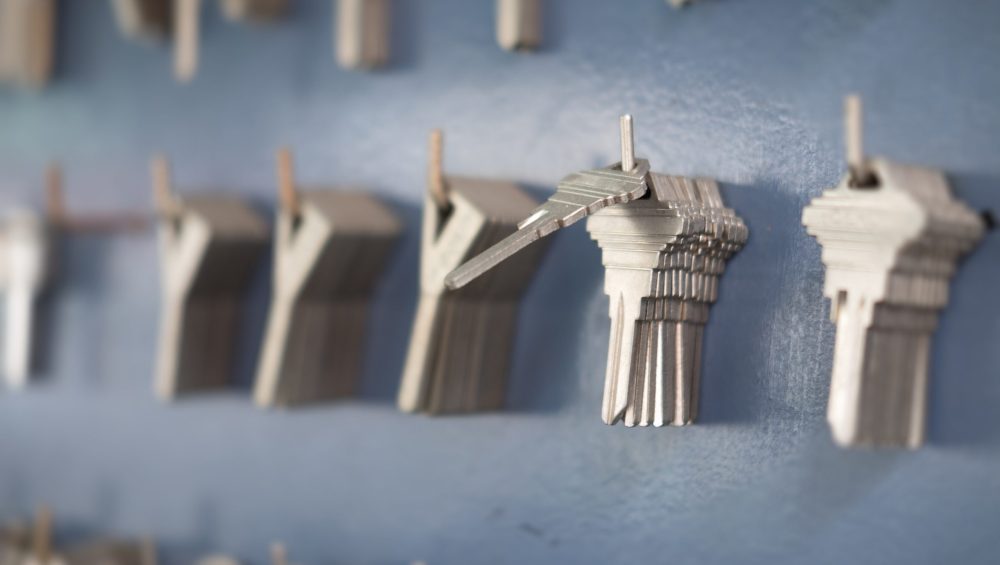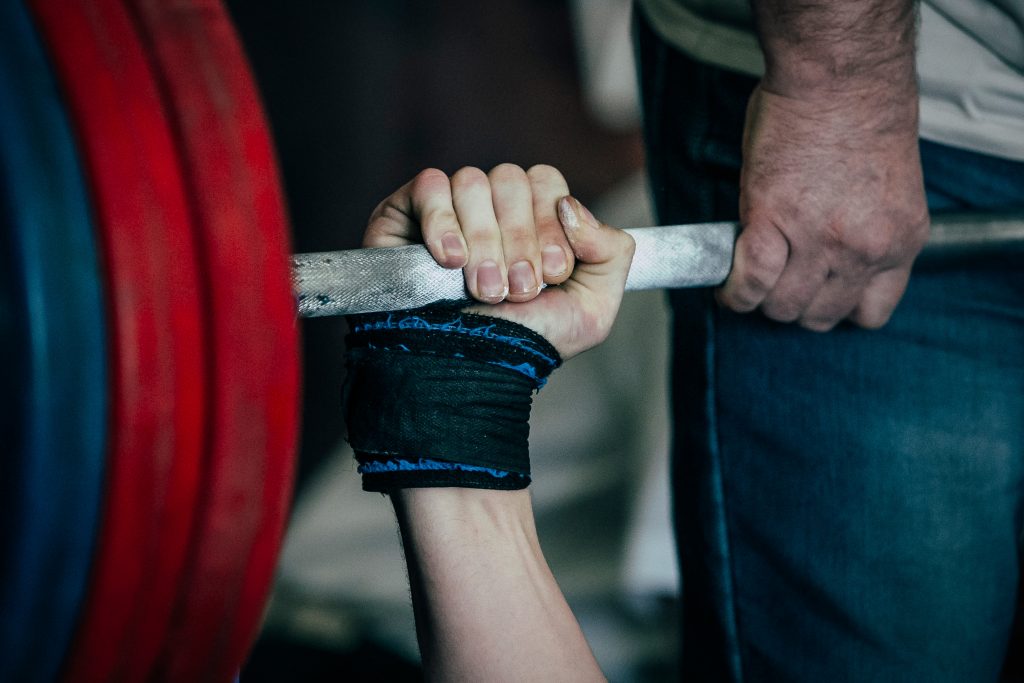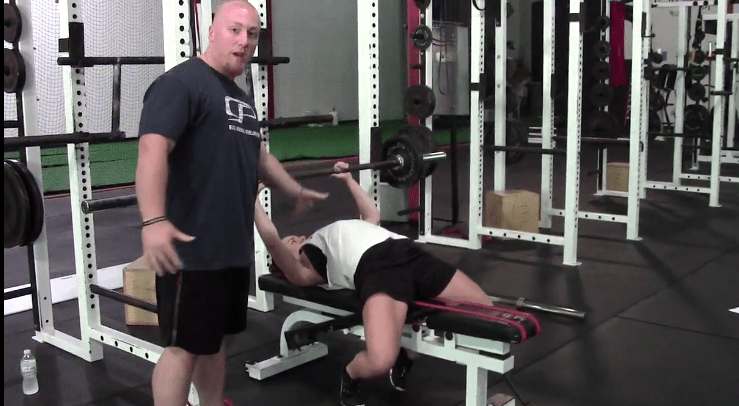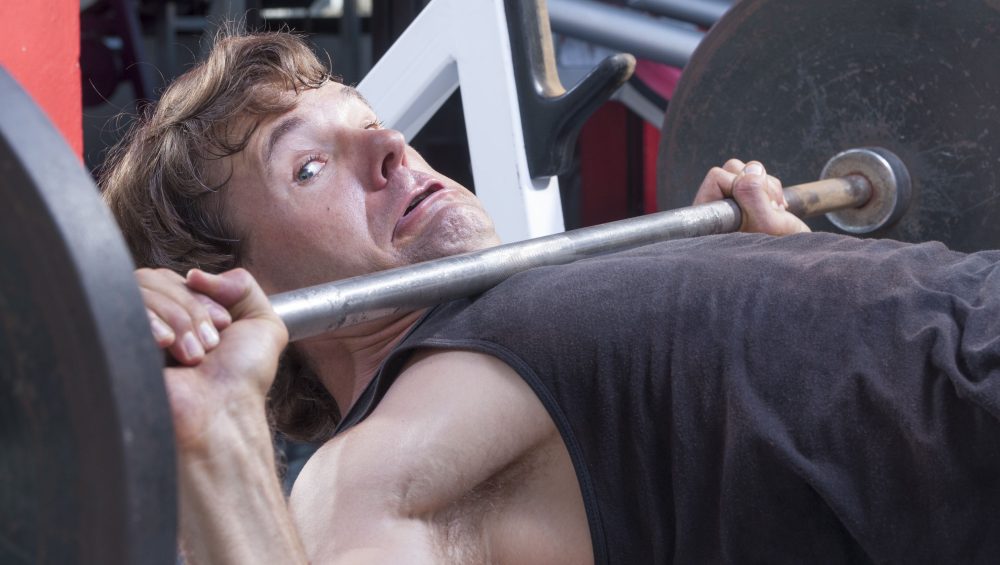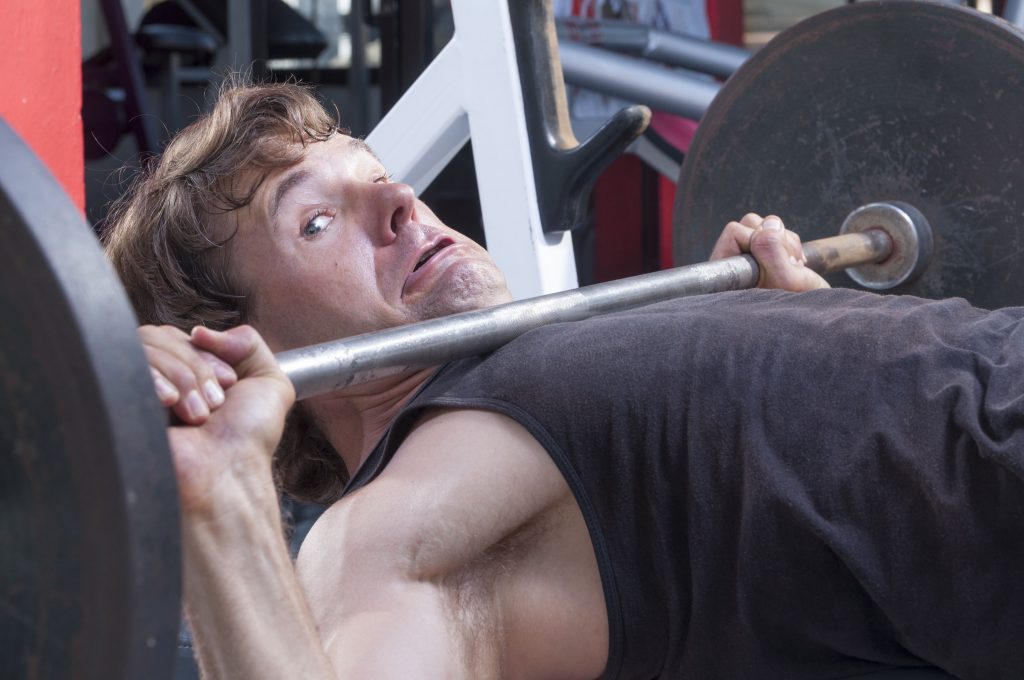Right off the bat some of you reading may be thinking to yourselves…
…”wait a second. Since when does Tony write about bench pressing? He’s awful at it and has gone out of his way numerous times to say how much he hates doing them.”
1. You’re not wrong. I am awful at benching.
2. Despite this annoying fact, I still do it.
3. However, hate is an aggressive term to use here:
- Nazis? Yes.
- That sense of utter doom & defeat I feel whenever a random stranger finds out what I do for a living and inevitably goes on a tear about how he/she just can’t seem to lose any weight? Uh, yep.
- Michael Bay Transformer movies? You betcha.
Hate the bench press, though?
Well, that’s just a bit of an over-exaggeration.
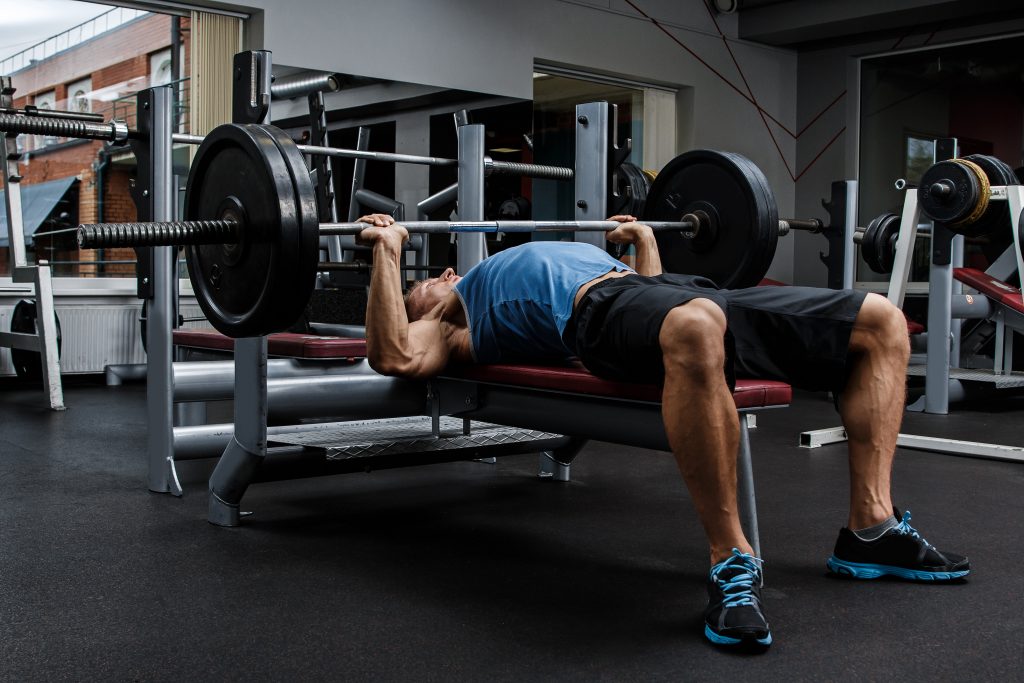
The Spoto Press
Admittedly, when it comes to the “big 3” – deadlift, squat, bench press – the latter has been the one exercise throughout my training career that I’ve been able to brag about the least on social media.
It’s hard to explain.
I’ve never been quite as enamored with the bench press as my fellow y-chromosome having brethren.
Actually, come to think of it: DNA makeup has nothing to do with anything. I know many women, my wife included, who love to bench press.
View this post on Instagram
Me? It’s a bunch of meh.
Mondays, while commonly referred to as “International Bench Press Day,” may as well be “National Tibialis Anterior Day” or, I don’t know, “National Share Your Favorite Kale Smoothie Recipe Day” if you ask me.
I can’t pinpoint my disdain, but if I had to choose a culprit, like, if you said to me “Tony, I am going to march over to your parents’ house in New York and burn your entire baseball card collection if you don’t give me a legitimate reason why you dislike the bench press” then I guess my scapegoat would be…
…..
….
…my leverages?
I have some long as arms.
Great for deadlifting; not so much for benching.
That said, I’m not a psychopath. I still including bench pressing in my training programs and while it’s nothing to brag about, certainly by powerlifting standards, I’ve been able to build up to a max of 315 lbs.
However, the more cogent talking point here is that I have many clients and athletes who, whether it’s from a performance standpoint or aesthetics, are very much interested in building their bench press.
I’m a coach and can do that…;o)
Step One is almost always going to be breaking down one’s set-up and having them pay more attention to that.
Step Two to building a better bench press is to ascertain where someone’s technique tends to breaks down and/or to address any weaknesses that may exist and then use that information to choose the appropriate accessory movements to utilize.
One drill I often use is the Spoto Press
The Spoto Press was popularized (and named after) bench press Captain America, Eric Spoto.
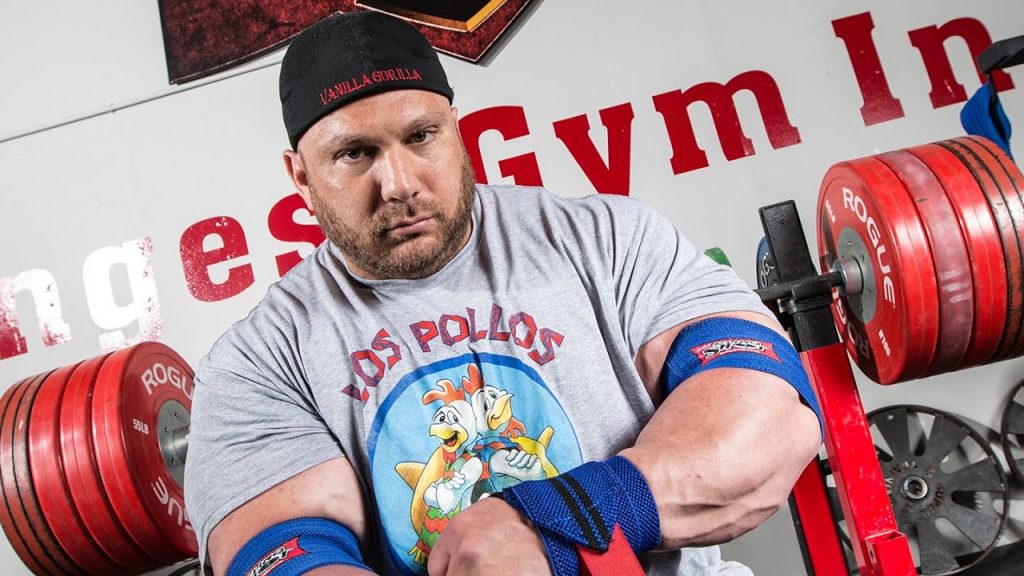
The premise is simple: You stop the barbell a few inches above your chest, pause for a second or two, and then press it back up to lockout.
Here’s what it looks like in action:
It’s also been referred to by other names:
1. Invisible Board Press
By those who are impeccable exercise name givers, and recognize its value as a bonafide bench press accessory movement.
2. Cheating
By those who are dorks and fail to realize that the guy whom it’s named after used it almost exclusively to build a 722 lb bench, unequipped.
Go ahead, please do inform Mr. Spoto how he’s cheating.
I’ll wait.
NOTE: The Spoto Press should NOT be confused with half reps. 99.2% of the time you see someone doing these in a commercial gym it’s because there’s too much weight on the bar and their ego can’t fathom taking some off.
Most have no idea who Eric Spoto is.
For all they know he’s their mom’s second cousin’s accountant’s pool guy.
Why I Like the Spoto Press
1. It Addresses Most Lifters’ Weak Area
Ask most lifters when they miss a bench press attempt WHERE they miss it, and you’ll likely hear a cacophony of “an inch or two off the chest.”
The Spoto Press forces people to spend more time in a ROM where they tend to be weakest. Moreover, it doesn’t allow you to utilize the “rebound effect” as you catapult the barbell off your rib cage…😉
2. Helps With Upper Back “Tightness”
A lot of lifters lose upper back tightness (arch) and their chest tends to cave in and their shoulders roll forward as they lower the barbell.
The Spoto Press is a good tool to help lifters learn to “meet the bar with their chest” rather than just haphazardly lowering it.
3. Great Option If Benching Bothers Your Shoulders
Assuming technique is not the issue, for anyone who’s shoulders tend to hate full-ROM bench pressing, this variation is often a stellar entry point for them.
4. Triceps!
Lastly, the Spoto Press is a damn good tricep builder. The triceps can be a weak link, especially toward lockout. This variation can help solve that
I spoke with He-Man about it. He concurs.
How to Implement It
I typically stay in the 60-80% of 1-rep max range with this exercise, and LOVE it for high(er) rep ranges. After your regular bench, follow that with 3-4 sets of 8-12 reps of Spoto Presses at 60-75%.
If you’re feeling extra motivated utilize a close grip. However, if you do so, err more on the side of conservative on that percentage scale.
Give them a try, I think you’ll dig them.
Strategic Strength Workshop – Philadelphia, PA (September 2021)

Click HERE for More Details & to Register

